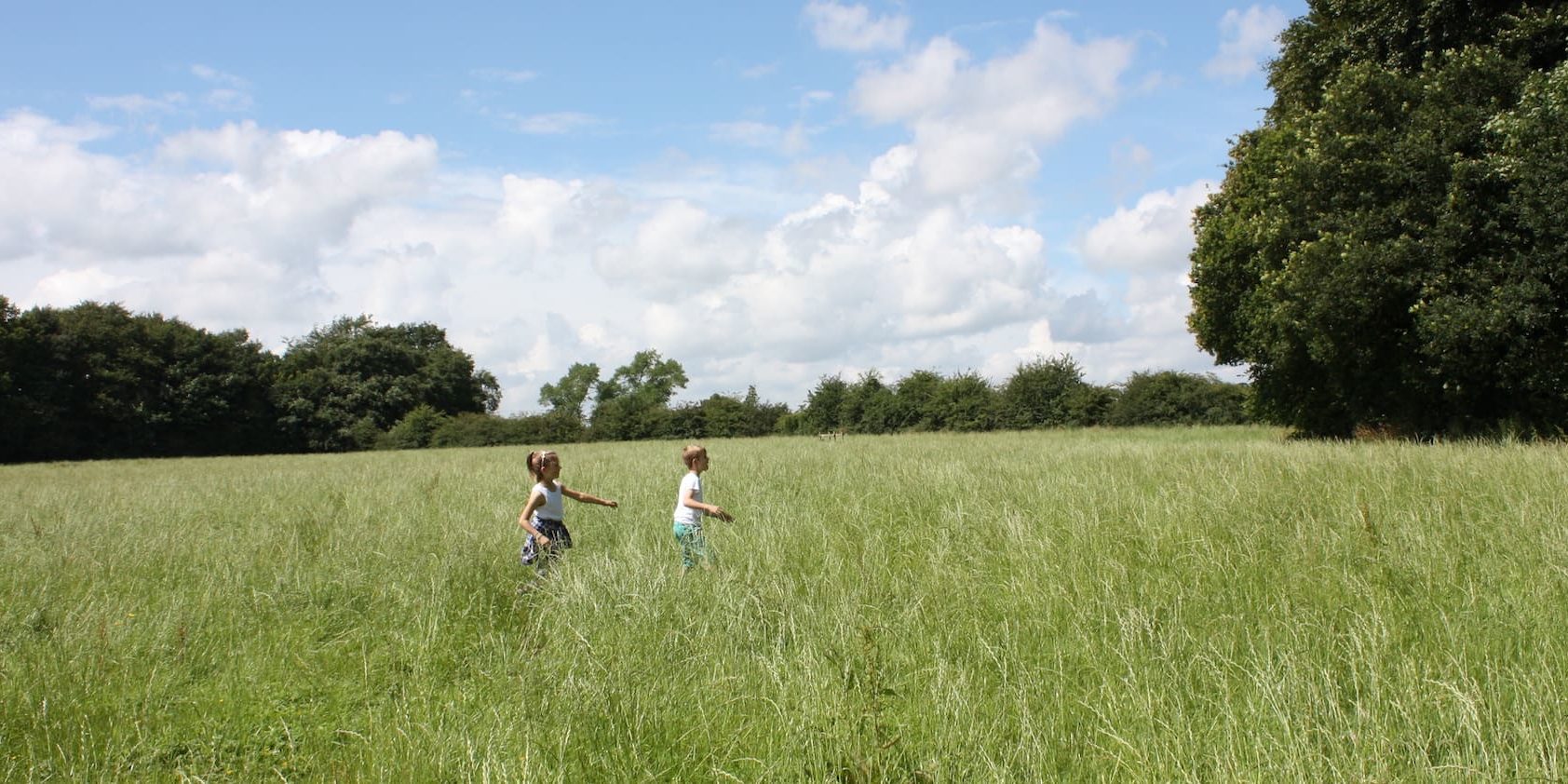Local plans and neighbourhood plans

19th August 2011

The planning system is being blamed as too slow and as a barrier to growth and economic development. This is simply not true. Planning helps us to develop carefully, appropriately, sympathetically and for the benefit of us all. It protects us from short term greed and preserves the character of our villages, towns and landscapes.
Local plans and Local Development Frameworks
A local plan, also known as a core strategy or a local development framework (LDF) identifies areas suitable for housing, industry, retail or other uses, and set out the policies which the local authority proposes to apply in deciding whether or not development will be permitted. Councils and authories preparing Local Plans give the community the opportunity to influence the policies and proposals for the future development and use of land in their area.
There are five Local Plans for Oxfordshire, one for each district:
- Oxford City’s Local Plan
- West Oxfordshire”s Local Plan
- South Oxfordshire’s Local Plan
- Cherwell’s Local Plan
- Vale of the White Horse’s Local Plan
Town greens
A Village Green or Town Green is, to most of us, a green, open or undeveloped space within a settlement. The Commons Act states that to get an area of land declared a village or town green (TVG) it must have been used by local people without permission or hindrance from the landowner, and without force for at least twenty years.
It is an extremely useful, protective status for a piece of much-loved locally use land. Campaigners at the Trap Grounds in Oxford successfully used it and campaigners working to protect Oxpens Meadow are working to apply for it.
But the at the time of writing (November 2012) legislation on TVGs is about to change.
Neighbourhood plans
The Localism Act, which came into force in November 2011, introduced neighbourhood planning. In theory this gives local people and communities who know their patch best, a way of influencing what happens in their area much more closely. There are three main elements to neighbourhood planning:
- Neighbourhood Development Plans – these are very localised versions of Local Plans and will include polices on the development and use of land.
- Neighbourhood Development Orders (NDOs) – these can grant planning permission for a certain type of development, in a certain area. The permission can be unconditional or subject to approval by the relevant planning authority, which in this case could be the parish council.
- Community Right to Build Orders – these are a special type of NDO that can be prepared by a community organisation. They will grant planning permission for a specified development in relation to a specified site.
Neighbourhood plans can only be prepared by the relevant town or parish council or, where neither of these exists, a ‘neighbourhood forum’ designated by the local planning authority. Once a plan is drawn up, it must be submitted to the local planning authority to ensure it complies with regulations. It is then put forward for Independent Examination by the Planning Inspectorate. Finally, the plans must be approved by more than 50% of those voting in a local referendum. Presuming it gets through all these stages, the local authority must adopt it as part of the local development plan.
Read more about neighbourhood plans.
Stay up-to-date with the latest news about planning.
Join our neighbourhood planning group
Presentations from our Neighbourhood Planning ‘Getting Started’ Workshop
Neighbourhood Plan workshop – main presentation
Programme overview
Woodcote NP presentation
